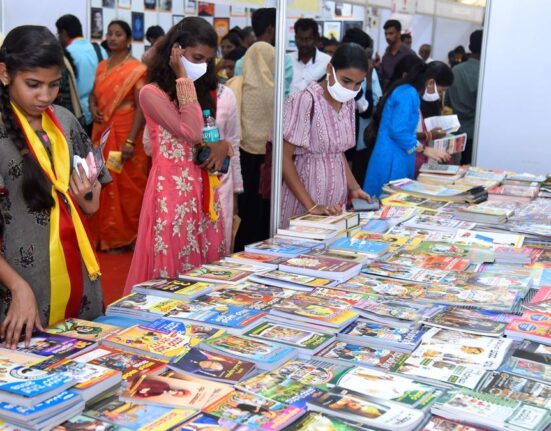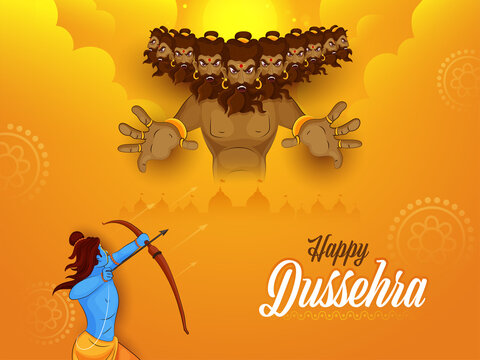Dussehra, also called Vijayadashami, is a major Hindu festival celebrated with zeal across India. It symbolizes the victory of good over evil, commemorating two important mythological events—the defeat of the demon king Ravana by Lord Rama, and the triumph of Goddess Durga over the buffalo demon Mahishasura. Celebrated on the tenth day of the Hindu month of Ashvin, it follows the nine-day festival of Navratri, culminating in a joyous day that unites communities across the nation.
Mythological Roots
Two key stories are central to the significance of Dussehra. The first and most well-known is the tale of Lord Rama, the incarnation of Vishnu, who waged a fierce battle against Ravana, the ten-headed king of Lanka, after he abducted Rama’s wife, Sita. This climactic victory, achieved on Dussehra, marks the end of evil forces symbolized by Ravana.
The second legend revolves around Goddess Durga and her battle against Mahishasura, a demon who terrorized the heavens. After nine days of combat, Durga vanquished Mahishasura, marking the victory of divine power over evil. This victory is also celebrated on Dussehra, emphasizing the festival’s theme of righteousness prevailing over wrong.
Customs and Festivities
The celebrations of Dussehra vary across India, with each region bringing its unique flavor to the festival. In northern India, the highlight is the Ram Leela—dramatic reenactments of scenes from the Ramayana. These performances culminate in the burning of large effigies of Ravana, Meghnad, and Kumbhkaran, symbolizing the triumph of light over darkness. Large crowds gather to witness these spectacles, which signify the end of evil and the beginning of a hopeful new chapter.
In eastern India, particularly Bengal, Dussehra marks the conclusion of Durga Puja. The idols of Goddess Durga, which have been worshipped for nine days, are taken in vibrant processions to rivers or water bodies for immersion (Visarjan), signifying the goddess’s return to her heavenly abode. This event is both a celebration and a farewell, as devotees bid emotional goodbyes to the goddess.
In the southern state of Karnataka, especially in Mysore, Dussehra is celebrated with regal grandeur. The Mysore Palace is illuminated, and a grand procession with decorated elephants and royal pageantry draws large crowds, blending tradition with festivity.
Symbolism of Dussehra
Dussehra serves as a reminder of the importance of righteousness. The burning of Ravana’s effigy symbolizes the destruction of inner evils such as greed, pride, anger, and hatred. The festival invites individuals to reflect on their actions and strive for self-improvement.
The stories of Lord Rama and Goddess Durga underscore the values of truth, integrity, and perseverance. Rama’s victory against Ravana teaches the importance of standing by one’s principles even in the face of challenges. Durga’s triumph over Mahishasura reminds us that courage and determination can overcome any obstacle.
A Celebration of Indian Culture
Today, Dussehra is not just a religious festival but also a celebration of India’s diverse cultural heritage. Local fairs, traditional dance and music performances, and festive foods are central to the festivities, fostering a sense of community. Families come together to exchange sweets, wear new clothes, and celebrate the occasion with joy.
Dussehra also marks the beginning of preparations for Diwali, the festival of lights, which is celebrated 20 days later. The spirit of Dussehra sets the tone for a festive season filled with hope and positivity.
Conclusion
Dussehra is a timeless celebration of the victory of good over evil, truth over falsehood, and justice over tyranny. As people across India burn effigies and immerse idols, they also reignite the flame of wisdom, goodness, and moral values within themselves. It is a day for inner reflection, renewal, and the celebration of the enduring power of righteousness.












